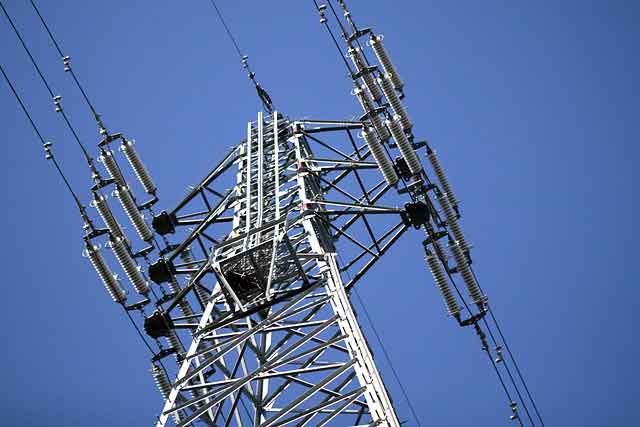KEMA to perform protection study of Dominican grid
This study funded by a World Bank loan is aimed at providing technical assistance to the energy sector. Working in close cooperation with protection engineers of the Organismo Coordinador and Empresa de Transmisión Eléctrica Dominicana, the study will assess current protection settings and perform an integrated coordination study using CAPE, a software suite developed by Electrocon International Inc.
As global electric utilities work to coordinate financial decisions and system reliability, effective protection of the power system against major power failures will require the most innovative use of automation and information technology related to transmission and distribution assets.
With the formal signing of the contract between CNEÂ’s, Licenciado Aristides Fernandez Zucco, Secretario de Estado and Presidente de la Comision Nacional de EnergÃa, and KEMAÂ’s Dr. Renato Cespedes, Director for Latin America, the parties agreed on a program to migrate the current electric model platform to ElectroconÂ’s CAPE, to perform a protection and coordination study using CAPE, and to set and conduct commissioning tests on relays in the field.
KEMAÂ’s experts will conduct a comprehensive analysis to implement the most appropriate technical and financial solutions for the islandÂ’s new relays.
CNE selected KEMA based on the firmÂ’s highly regarded transmission and distribution expertise and objective knowledge, experience and analytical resources. The combination of KEMAÂ’s technical skills and the implementation of ElectroconÂ’s CAPE software make this relationship unique and significant for the Dominican Republic.
A significant part of the activities includes migration and usage of ElectroconÂ’s CAPE software. CAPEÂ’s graphical network modeling and system simulation support automatic relay setting, detection of mis-coordinated settings, and event analysis. With more detailed and accurate models, CNE will be able to simulate real life conditions, perform wide-area reviews and predict protection system performance to ensure proper electric reliability for its customers.
Related News

Ottawa Launches Sewage Energy Project at LeBreton Flats
Ottawa is embarking on a groundbreaking initiative to harness the latent thermal energy within its wastewater system, marking a significant stride toward sustainable urban development. The Sewage Energy Exchange System (SEES) project, a collaborative effort led by the LeBreton Community Utility Partnership—which includes Envari Holding Inc. (a subsidiary of Hydro Ottawa) and Theia Partners—aims to revolutionize how the city powers its buildings.
Harnessing Wastewater for Sustainable Energy
The SEES will utilize advanced heat pump technology to extract thermal energy from the city's wastewater infrastructure, providing both heating and cooling to buildings within the LeBreton Flats…




